5 Overpriced, Pointless Gadgets That Flopped Fast
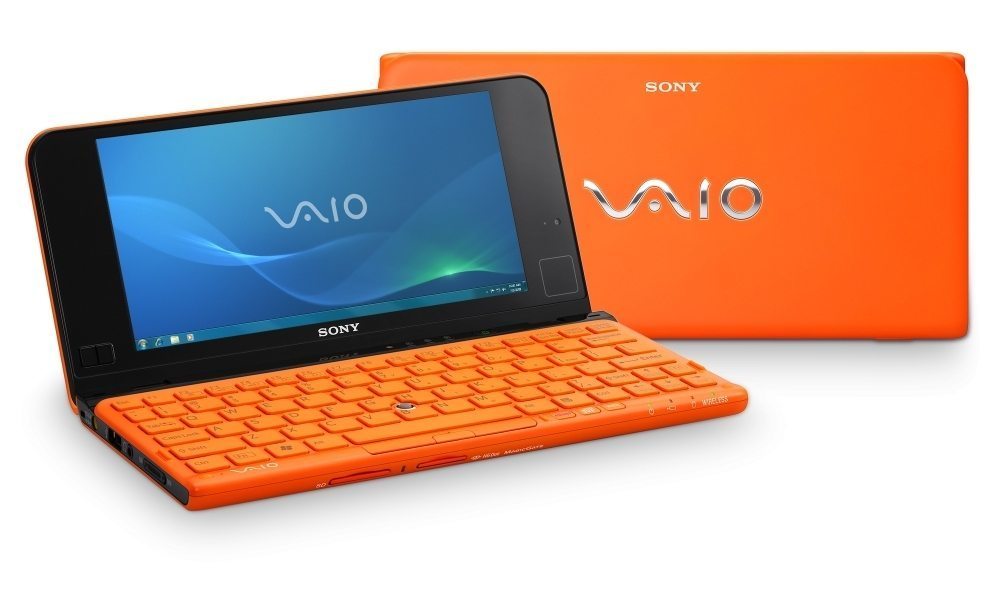
Not every product from every company is destined to be a runaway success. Every once in a blue moon, companies build products based on interim trends, or design a gadget so ghastly and atrocious-looking that basically nobody wants it. Sometimes, companies “get it all wrong” with their "latest and greatest" product for a combination of reasons: either it was priced too high, designed too poorly, didn’t offer a great value-to-feature ratio, or perhaps the poor thing just hit a really bad publicity streak. Use the right arrow to take a look at 5 ill-fated products from over the years that totally flopped.
5 Apple’s Newton MessagePad 2100 ($1,000)
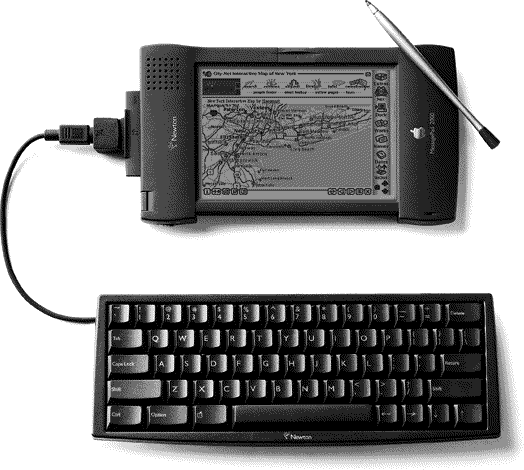
There’s been a lot of talk about “thousand-dollar” smartphones in the news lately, which brings me back to a time in 1997 when Apple had just introduced an updated version of its Newton PDA — the Newton MessagePad 2100, which chiefly boasted improvements in speed, latency, handwriting recognition, and display contrast over its predecessor. Wouldn’t you know it, though? The Cupertino-company still thought that even with these minimal improvements it could sell its wannabe, grayscale Palm Pilot for a cool $1,000.
The thing is, Apple didn’t really start turning things around until a little while after the introduction of the iMac G3, iPod, and other key products years later. So while the company may have thought it had something really neat and innovative on its hands, the reality is, even in 1997 for just $300, you could’ve bought a Palm Pilot device that was just as capable. Some may disagree, but the bottom line is the Newton 2100’s improved capabilities certainly didn't warrant a $700 premium.
4 Nokia Booklet 3G ($1,720)
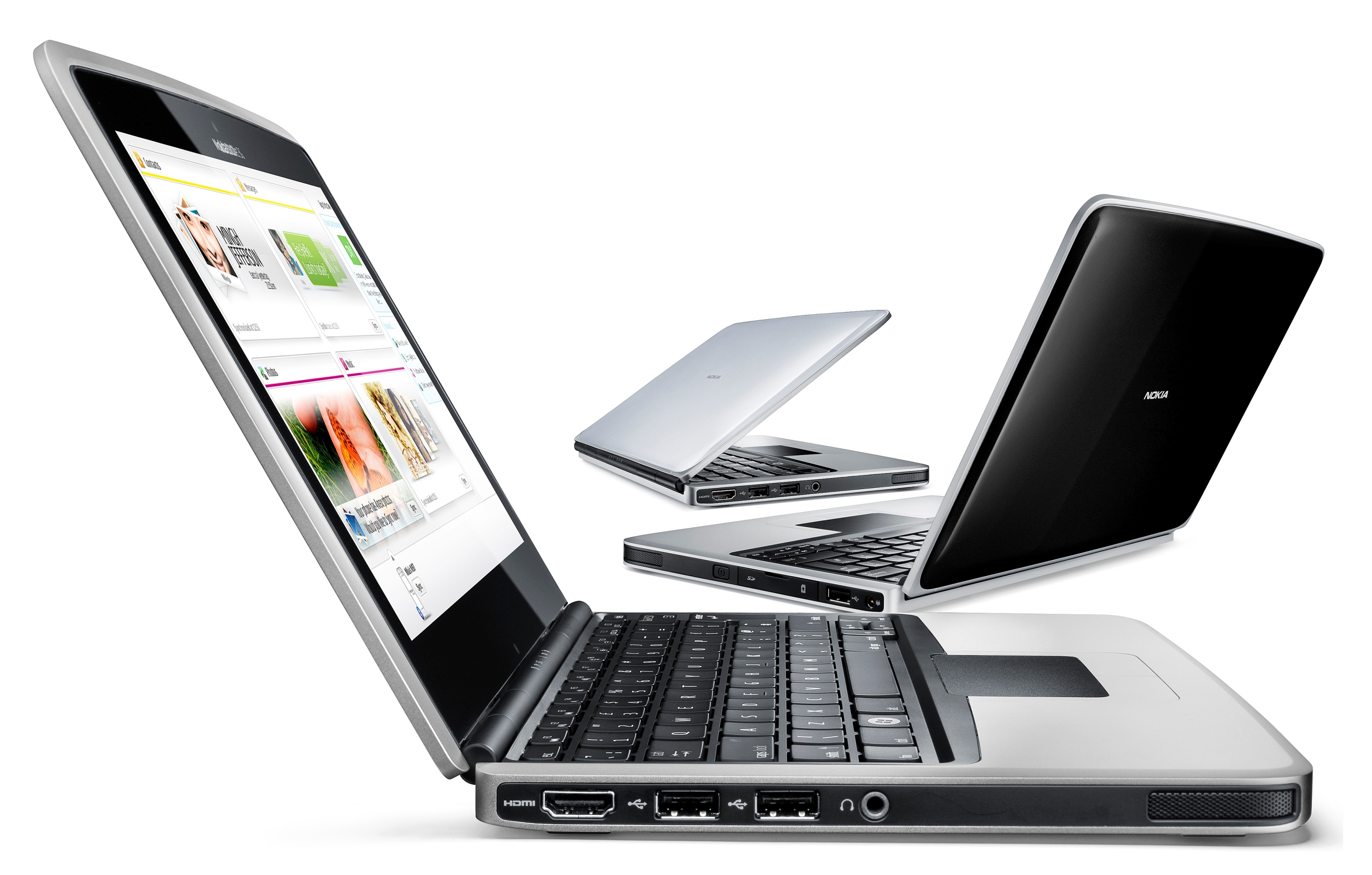
A magnificent flop from the 2010-era Netbook ‘wars’ was the deceptively good-looking (yet inherently powerless and outdated) 10-inch Nokia Booklet 3G. We’ll admit that we may never know what was going through Nokia and AT&T’s minds, but the Booklet 3G, which was available via AT&T's nationwide 3G network in 2009, was something I’d call a mix between grand theft larceny and a cruel joke.
For just $299, plus the non-negotiable 3G access fee of $60/mo. for 2-years ($1,440), AT&T executives must’ve been praying on their hands and knees that consumers would "just be down" to drop more money than a MacBook Pro on this Netbook. Unfortunately, due to their sluggish performance, lackluster specs, and ridiculous, all-inclusive pricing scheme, the Nokia Booklet 3G didn’t fare too well among general consumers.
3 BlackBerry PlayBook ($499)
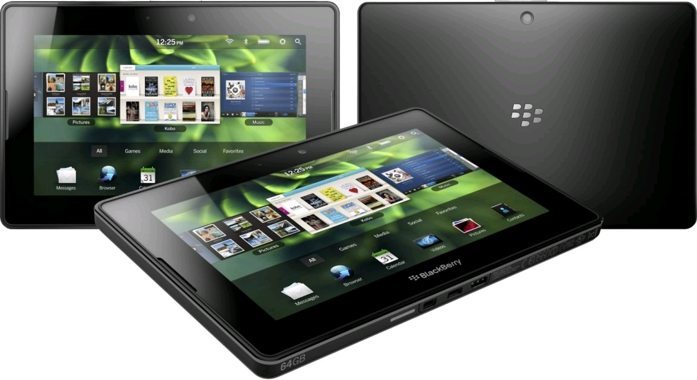
Amidst the heated tablet craze that Apple's iPad ignited in the spring of 2010, almost every device-maker was rushing to market with their own tablet solution by the following year. One of these contenders vying for a slice of the market was a rather unlikely (i.e. unviable) one, however — the BlackBerry PlayBook from Research in Motion.
It’s interesting to think that by the time the PlayBook even emerged on the scene in 2011, most modern consumers had forgotten all about BlackBerry. Customers could purchase an entry-level iPad 2 from Apple for just $499, which was the exact same price BlackBerry decided to charge for its entry-level PlayBook. And yet, at $500, BlackBerry’s tablet offered users a much, much smaller screen at 7-inches, an outdated and incapable operating system, and specifications that could literally make a dead person yawn.
Most ironically of all, the PlayBook was such a flop that within months of its release you could pick one up for half the price; and are going for about $52 on Amazon now.
2 OQO Model 01 ($1,899)
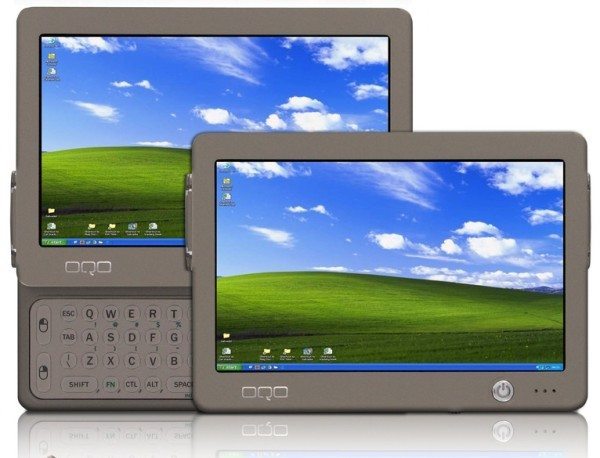
OQO was a PC-maker who back in 2004 introduced the world’s first, full-fledged handheld Windows PC based on Intel's x86 Atom architecture — the OQO Model 01. By all measures, the Model 01 was a captivating little device that sought to offer customers a unique new way of computing on the go. Unfortunately, even by 2004’s standards, the Model 01's paltry single-core, 1 GHz CPU, 20 GB Hard Drive, and 256 MB of RAM was painfully weak and outdated.
Couple that with that fact that the Model 01’s keyboard was so impossibly small and difficult to navigate, and perhaps OQO was begging the question all along: why? The device was $1,900 in a standard configuration, and while it undoubtedly looked wicked-awesome, the Model 01 had to make way too many compromises to even be considered PC material.
1 Sony Vaio P Series ($899)
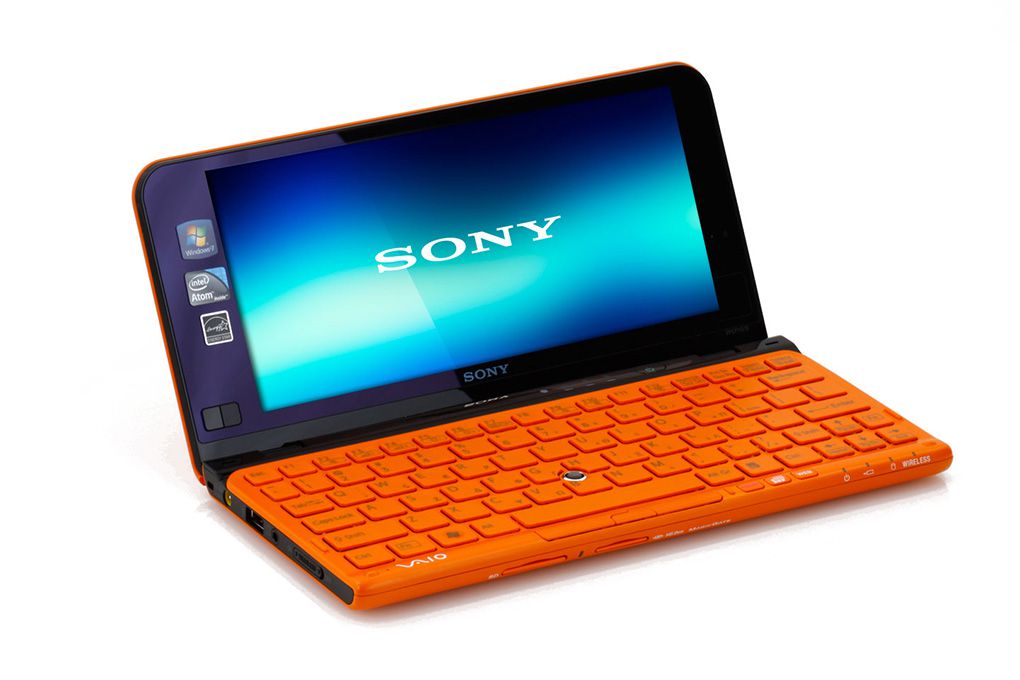
Far too small to be considered a laptop, yet far too large to be considered a Pocket PC, Netbooks were ubiquitous among college students, professionals, and light-travelers due to their compact, light-weight form-factors that managed to boast relatively roomy keyboards like a full-fledged notebook.
Netbook screen sizes can fluctuate within the 9- to 12-inch range, however in the summer of 2009, Sony released its ultra high-end Vaio P device that was unlike any Netbook the market had seen before. A device so small, thin, and yet, so, awesome-looking — like a PC in the palm of your hand, it was actually kind of incredible.. Unfortunately, not only did the VAIO P struggle miserably in performance, battery life, and overall quality of construction, but at $899 with so little functionality to offer, the pint-sized PC may perhaps go down in infamy as Sony’s most expensive mistake ever.
